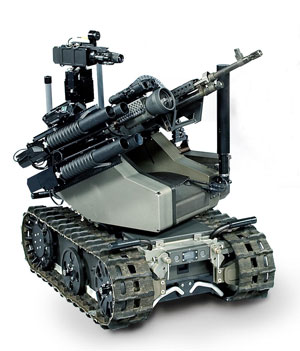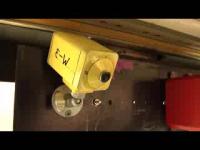
© Danny Lehman/CorbisSimilarities between different groups of people are far greater than the differences.
As a species, we possess remarkably little genetic variation, yet we tend to overlook this homogeneity and focus instead on differences between groups and individuals. At its darkest, this tendency generates xenophobia and racism, but it also has a more benign manifestation - a fascination with the exotic.
Nowhere is our love affair with otherness more romanticised than in our attitudes towards the cultures of east and west. Artists and travellers have long marvelled that on opposite sides of the globe, the world's most ancient civilisations have developed distinct forms of language, writing, art, literature, music, cuisine and fashion. As advances in communications, transport and the internet shrink the modern world, some of these distinctions are breaking down. But one difference is getting more attention than ever: the notion that easterners and westerners have distinct world views.
Psychologists have conducted a wealth of experiments that seem to support popular notions that easterners have a holistic world view, rooted in philosophical and religious traditions such as Taoism and Confucianism, while westerners tend to think more analytically, as befits their philosophical heritage of reductionism, utilitarianism and so on. However, the most recent research suggests that these popular stereotypes are far too simplistic. It is becoming apparent that we are all capable of thinking both holistically and analytically - and we are starting to understand what makes individuals flip between the two modes of thought.




Comment: Have a look at this footage of 2009 DD45 recorded in Canberra on 2 March 2009